Exhibition Archive
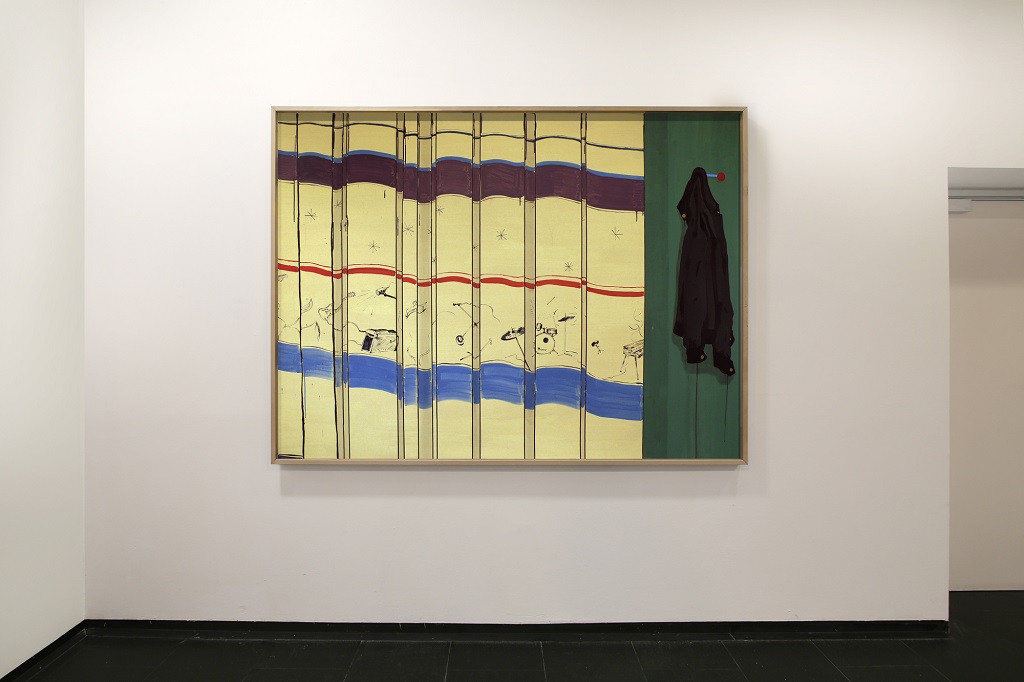
The world of Miki Leal is a world of jazz, cinema, the American lifestyle and sport, as well as his family world, his domestic environment and within it his personal belongings.
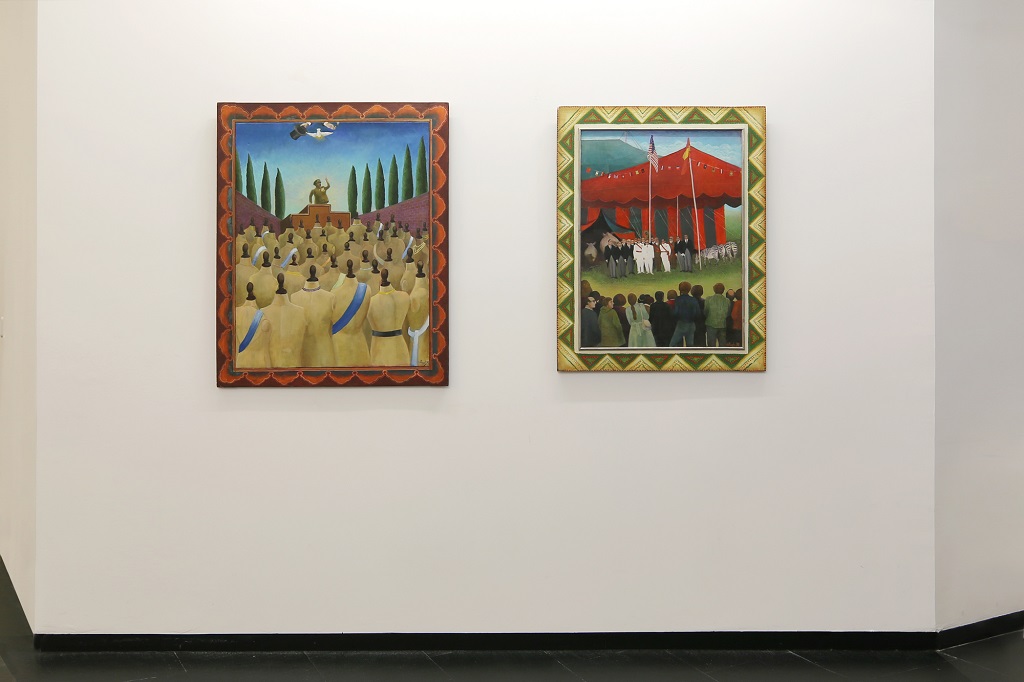
Part of a group of figurative women painters like Esther Boix and Isabel Villar, Carmen Pagés’s work reflects openly on social injustices and how power is wielded over the least fortunate in today’s societies.
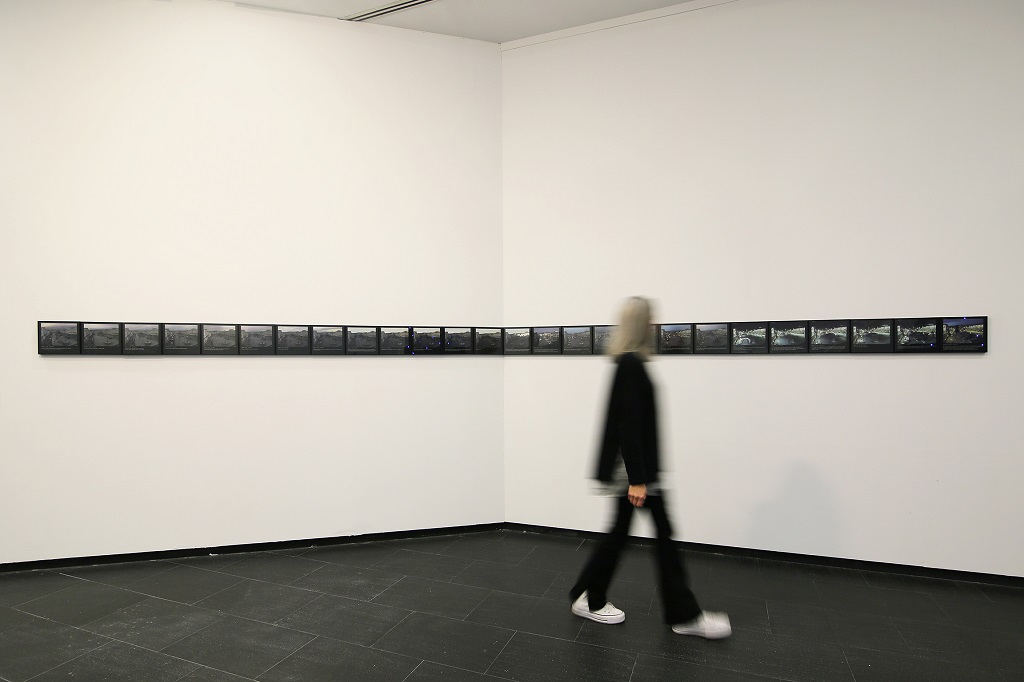
Linz Diary, by the artist Emily Jacir, is a series of colour photographs taken in 2003 to capture the artist’s action which consisted of walking around a fountain in Linz Square, in Austria.
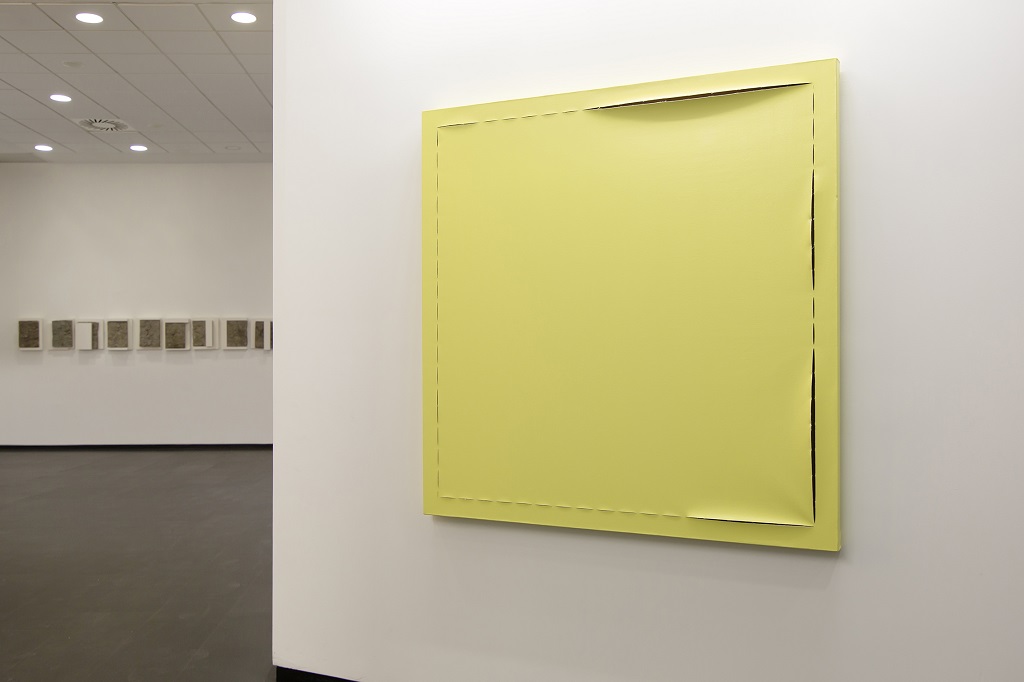
Many of Ángela de la Cruz’s paintings are presented as extended bodies with clear physicality as she twists the canvases, scratches the fabric or manipulates the supports. This makes each of her works a container of stories where paint takes on a physical and spatial presence.
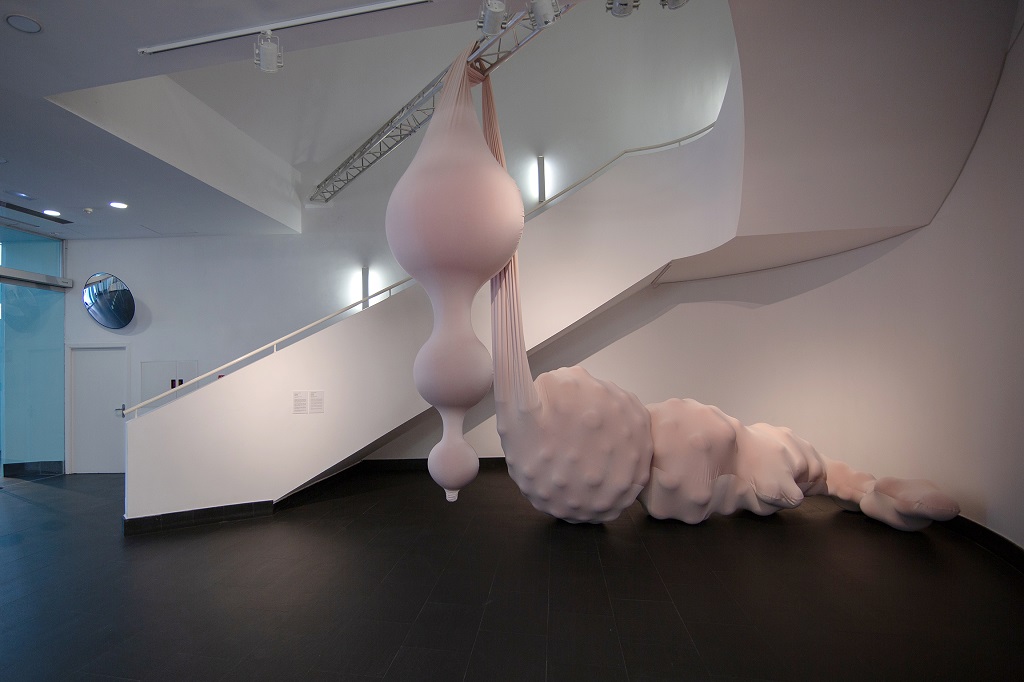
Eva Fàbregas envisions interaction with art through sensorial experience. Her sculptures, made of soft, ethereal materials like fabric and air, often include sound and beckon us to draw closer through the senses, to discover them through touch, generating an intimacy in which affect can flow.
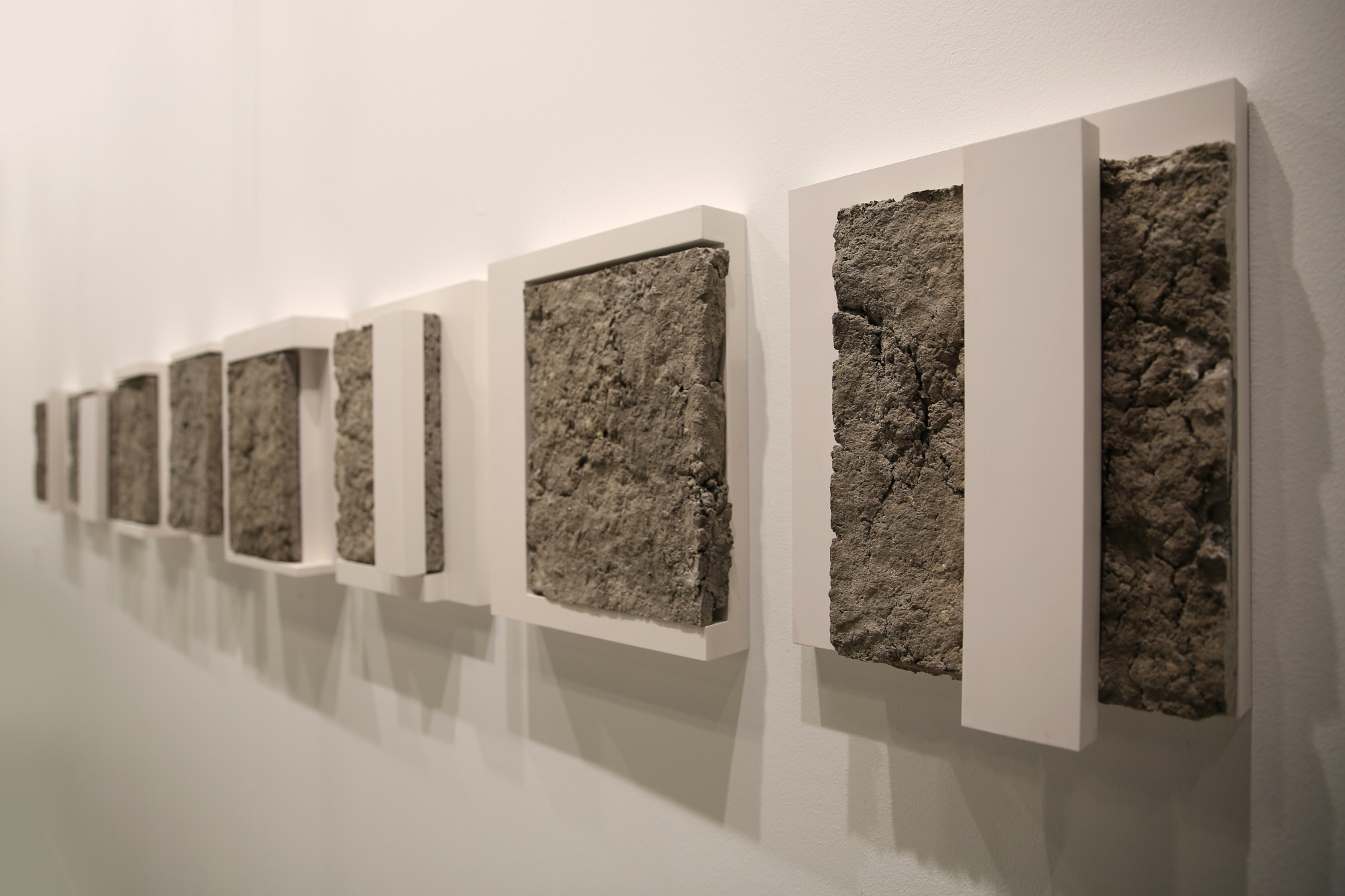
Ixone Sádaba questions the meaning of images and what photography can do now that it has lost its status as an instrument to document reality. Her artistic practice is inspired by Foucault’s thesis about truth as a historical construct and by the distinction between objects and things that Heidegger proposed, which states that an object turns into a thing when it can no longer be used for the purpose it is customarily given.

To celebrate International Museum Day, CA2M has come up with a new way of activating its collection and making it more widely accessible.
“ASSOCIATED MAKING. ASSEMBLY KIT OF PIECES FROM THE CA2M COLLECTION” is a curatorial programme by Marta Ramos-Yzquierdo that views the exhibition as an open, imaginative and surprising reflection in which artists, institutions and audiences can collectively rethink our contemporaneity.
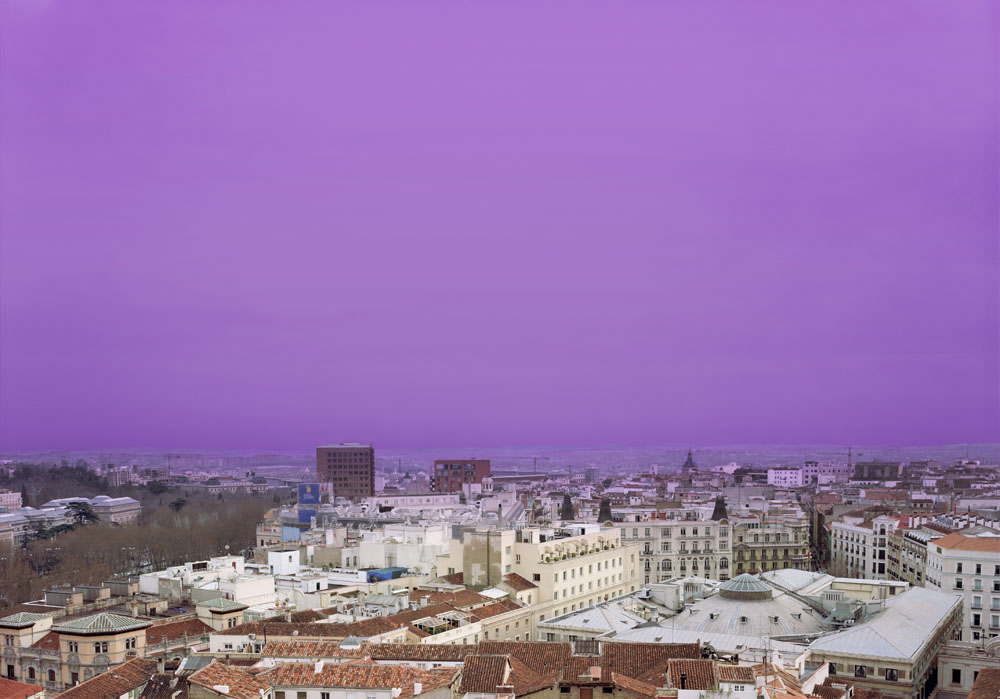
There is a signature feature to Hannah Collins’s photos of urban horizons: the sky is always tinted with a strange colour. Like the images over the credits of an imaginary film, this photo captures the feeling that a particular place—whether through premeditated cultural references or a subjective impression—produced in the artist at a certain point in time.
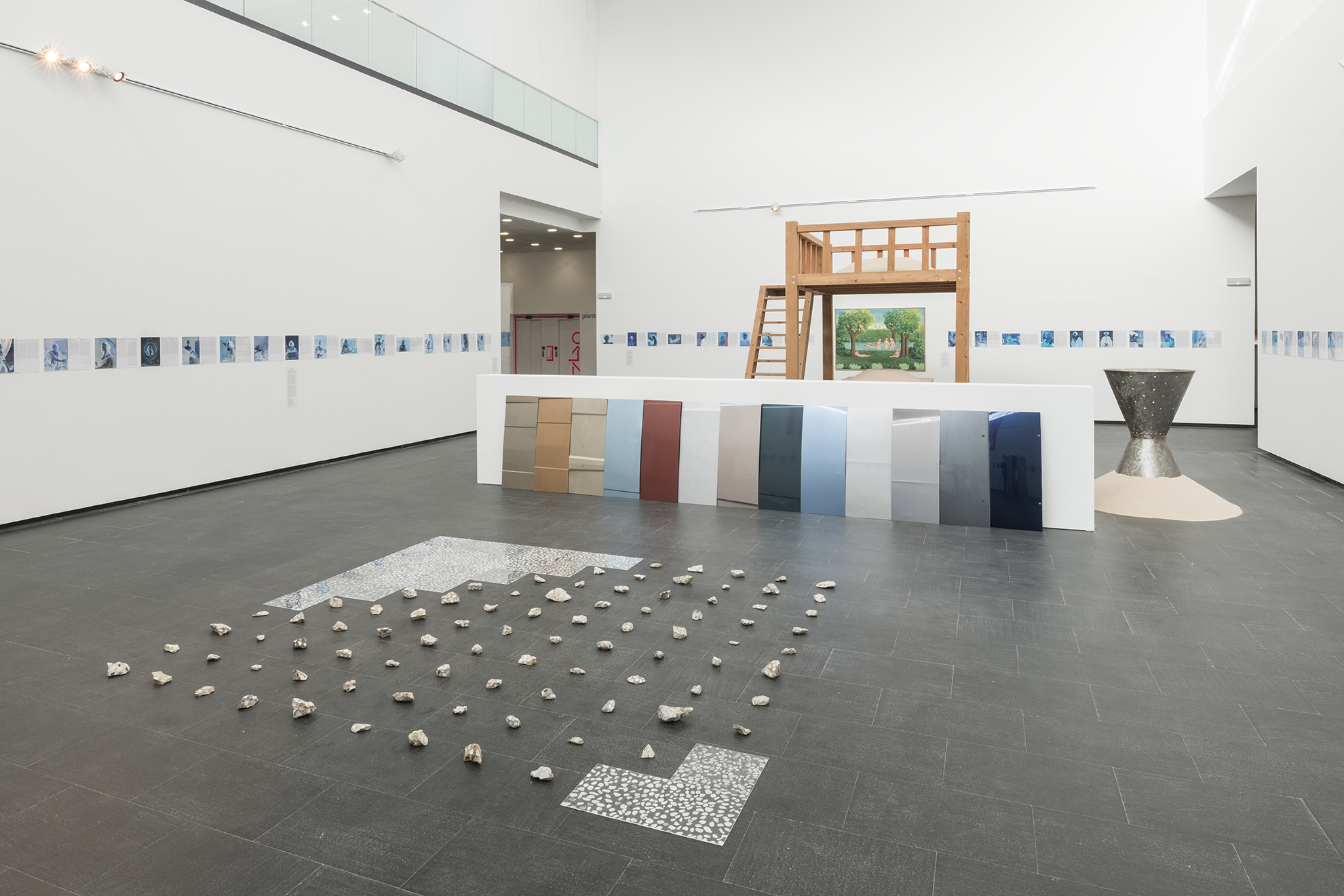
The background on which this exhibition is literally outlined is the work De entre las muertas [From the Dead] (2020) by the artist Diana Larrea, who has traced the margins of History of Art to restore forgotten genealogies of women artists from the Renaissance up to the beginning of the 20th century. These women artists are joined by other ones from younger generations enabling us to think in the present tense.